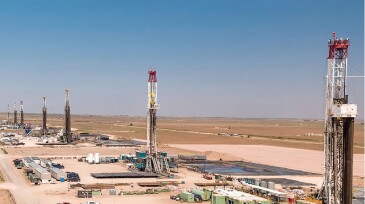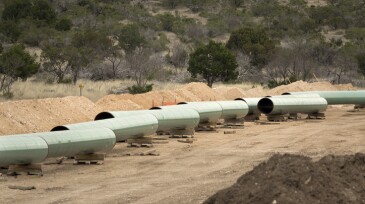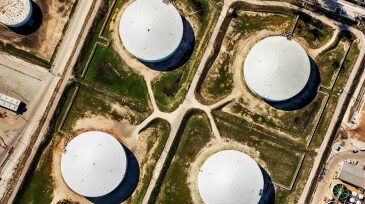US Energy Information Administration
-
The tie between US crude output and key indicators such as rig counts and the number of new wells has significantly weakened.
-
A fresh batch of expansions and a new pipeline are set to provide operators offtake options.
-
Forecast increased demand for natural gas globally will keep new US liquefaction projects and additional proposals moving forward.
-
The US Energy Information Administration said the US, Qatar, and Russia fed well over half of Europe’s supply of LNG last year.
-
Oil production in the US is resurging and poised to refute some skeptics who believed domestic output peaked just prior to the COVID-19 pandemic.
-
2020 was a year of turmoil for the upstream industry in the US, while 2021 proved to be a year of recovery.
-
The energy transition may drive a massive increase in renewable-power capacity in the electric market, but global demand growth is expected to be so strong, liquid fuel consumption could also be much higher in 2050.
-
Forecasts for oil demand are looking up. Will the optimistic views prove to be on target? We have learned how the market can shift or wildly careen, both historically and in the very recent past. The outlooks, which reflect a consensus of sorts, is encouraging for producers.
-
Thanks to a resilient natural gas market, the US led all other nations in hydrocarbon production in terms of total energy output.
-
The confluence of a pandemic, a price war, and extreme weather sent the US production engine into reverse last year, marking the largest annual drop in output on record. New figures on the decline come as the market senses higher oil prices coming.










